ORIGINAL RESEARCH
Published on 09 Feb 2024
Sex-specific nociceptor modulation of the apical periodontitis transcriptome
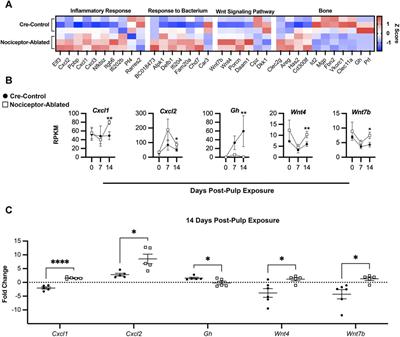
doi 10.3389/fmolb.2024.1338511
- 1,574 views
3,402
Total downloads
14k
Total views and downloads
Select the journal/section where you want your idea to be submitted:
ORIGINAL RESEARCH
Published on 09 Feb 2024

REVIEW
Published on 08 Jan 2024
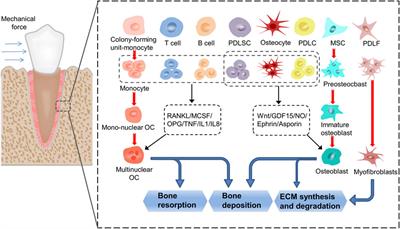
ORIGINAL RESEARCH
Published on 02 Nov 2023
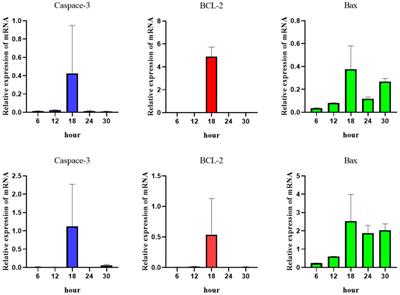
ORIGINAL RESEARCH
Published on 28 Sep 2023
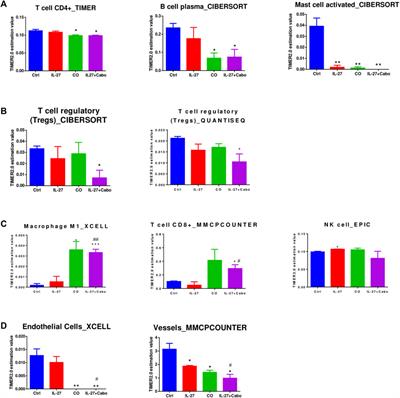
ORIGINAL RESEARCH
Published on 25 Aug 2023
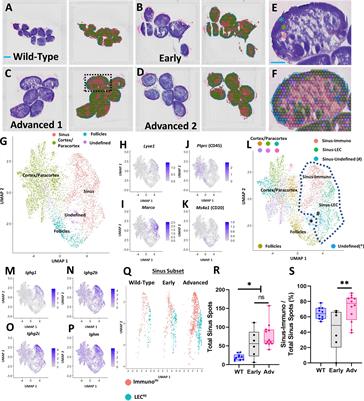
OPINION
Published on 17 May 2023

Frontiers in Cell and Developmental Biology